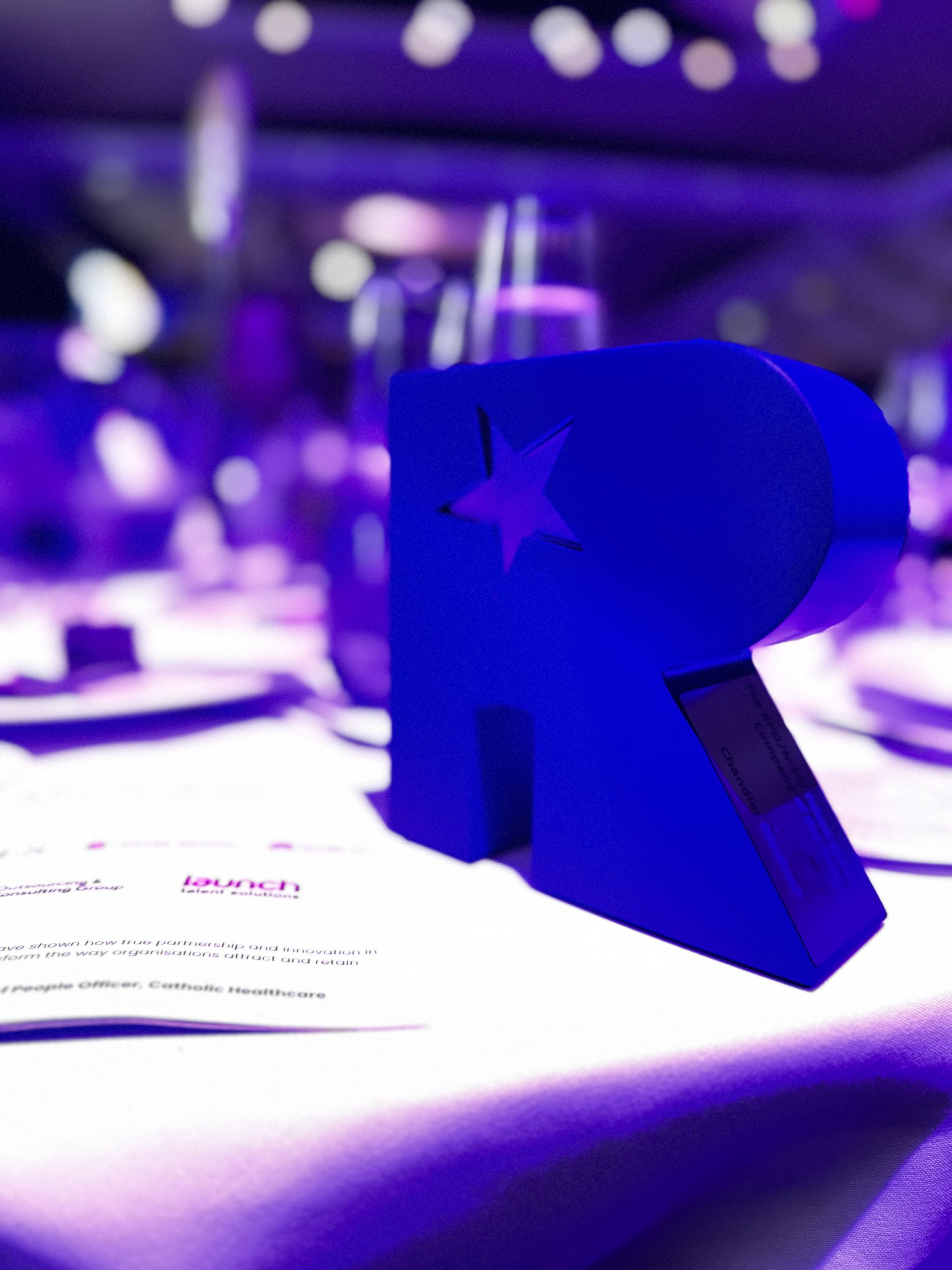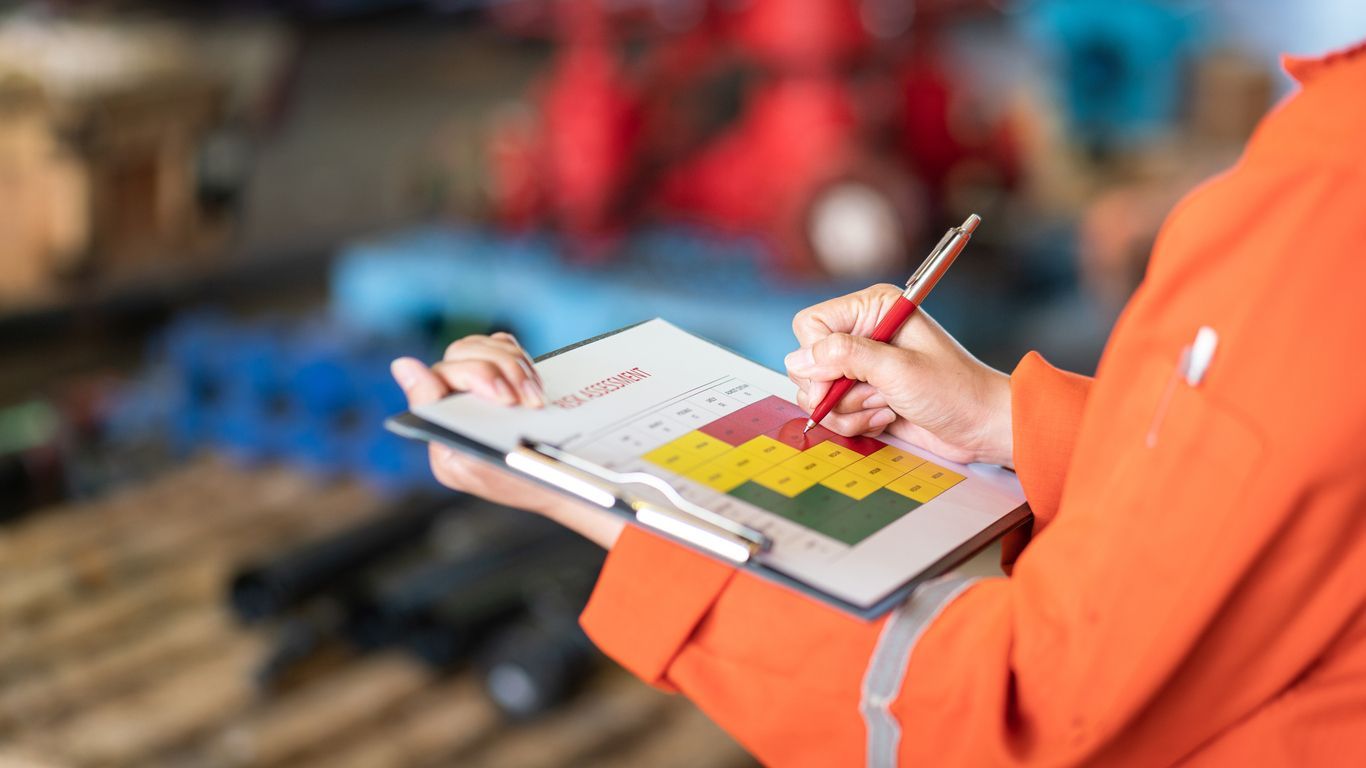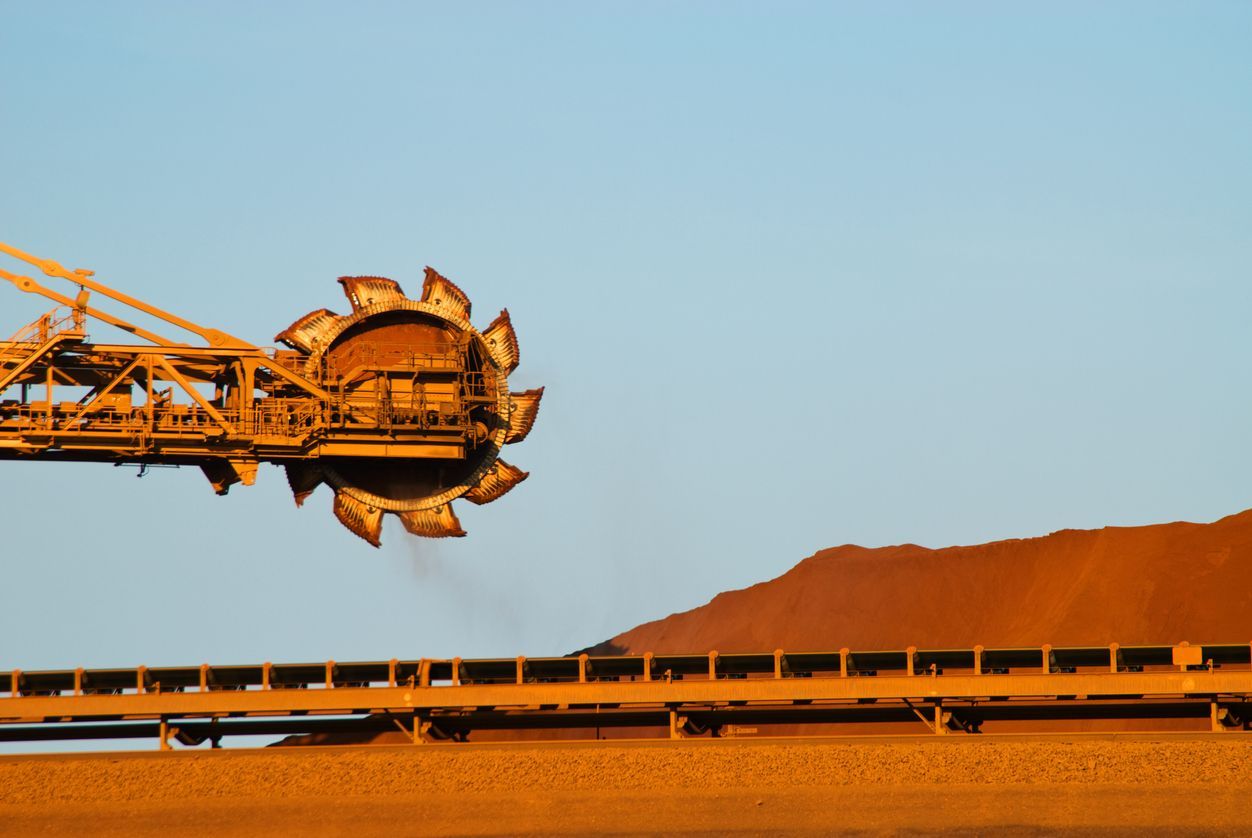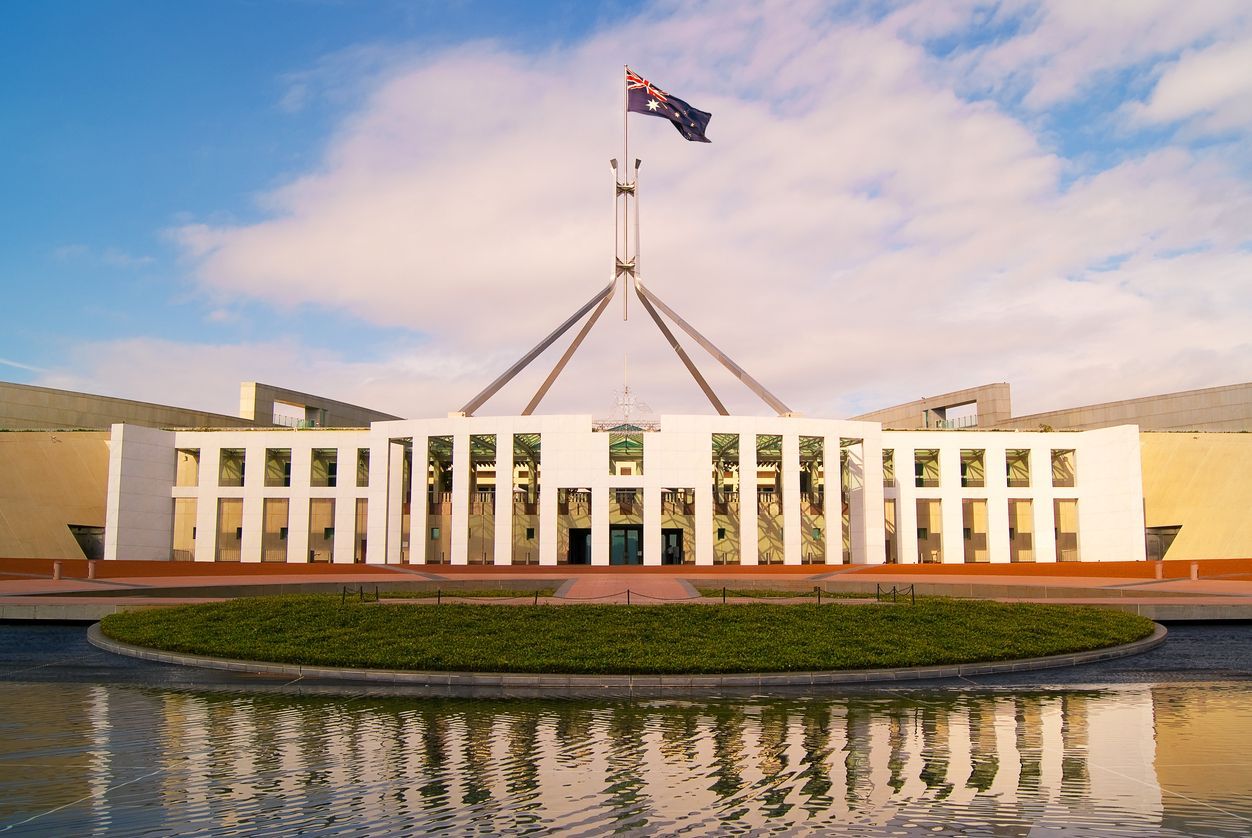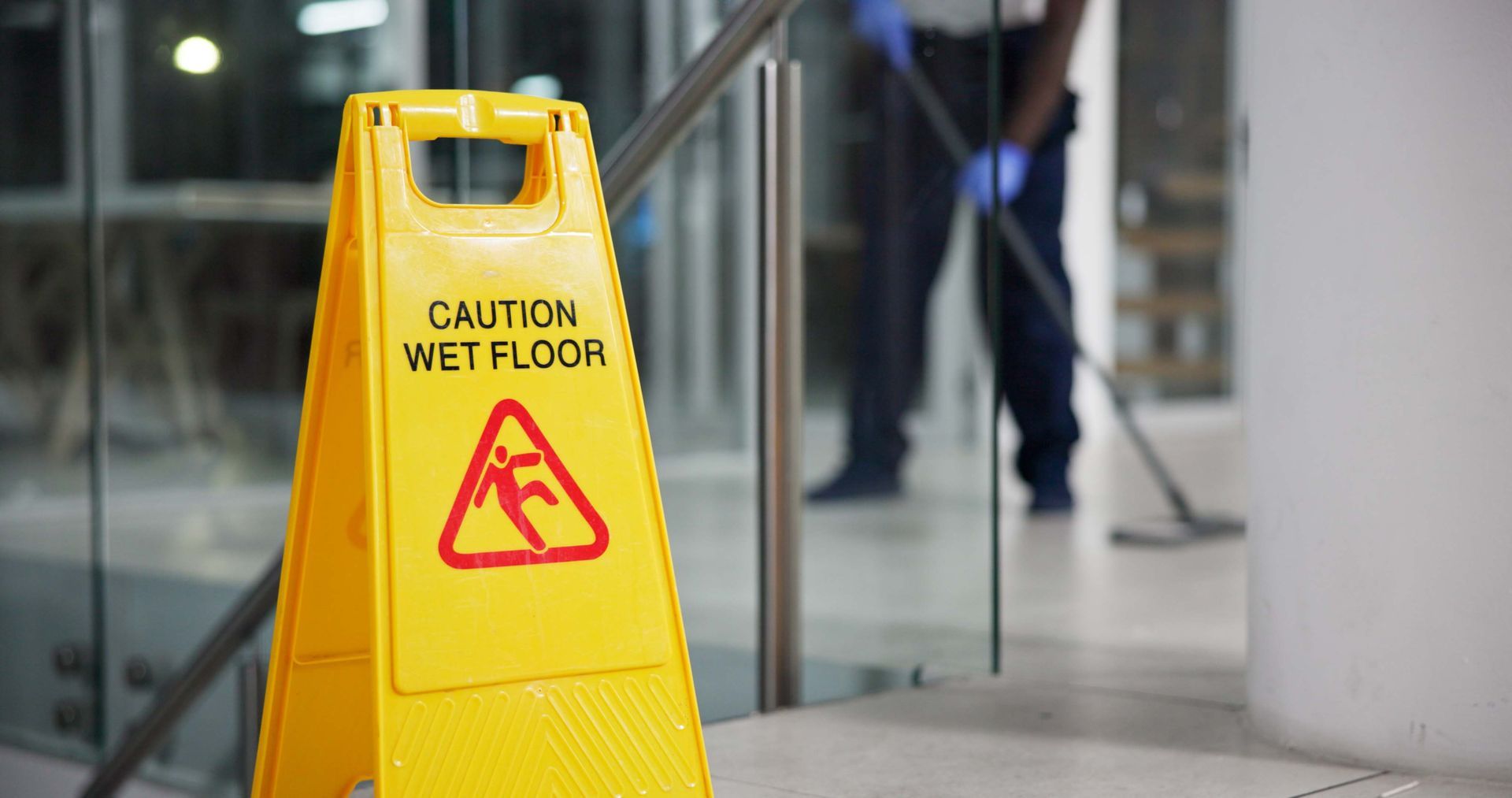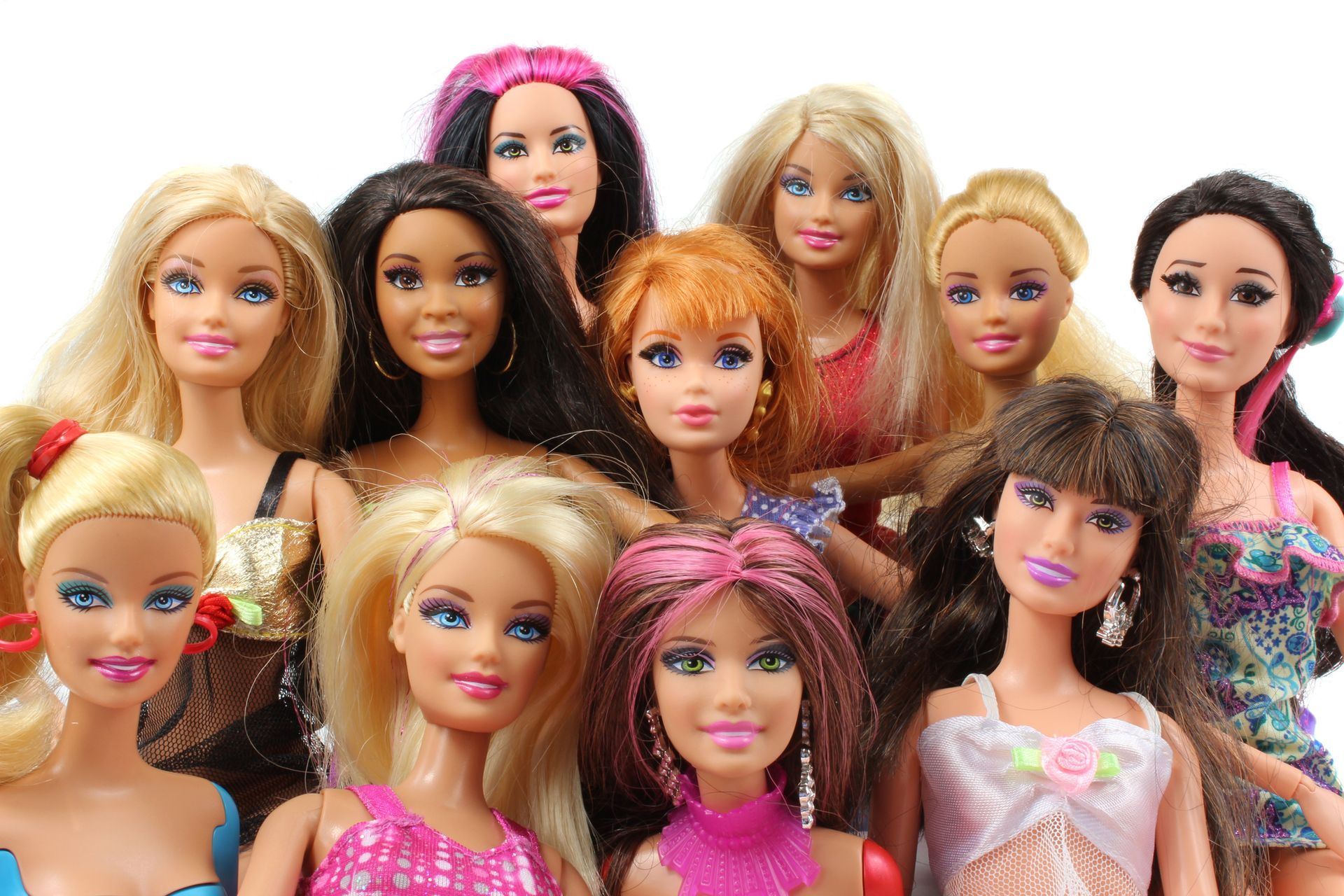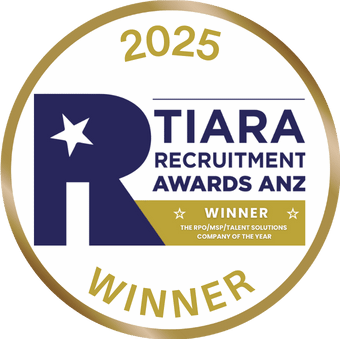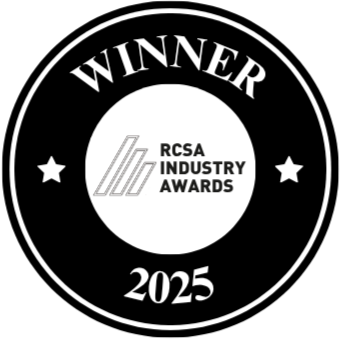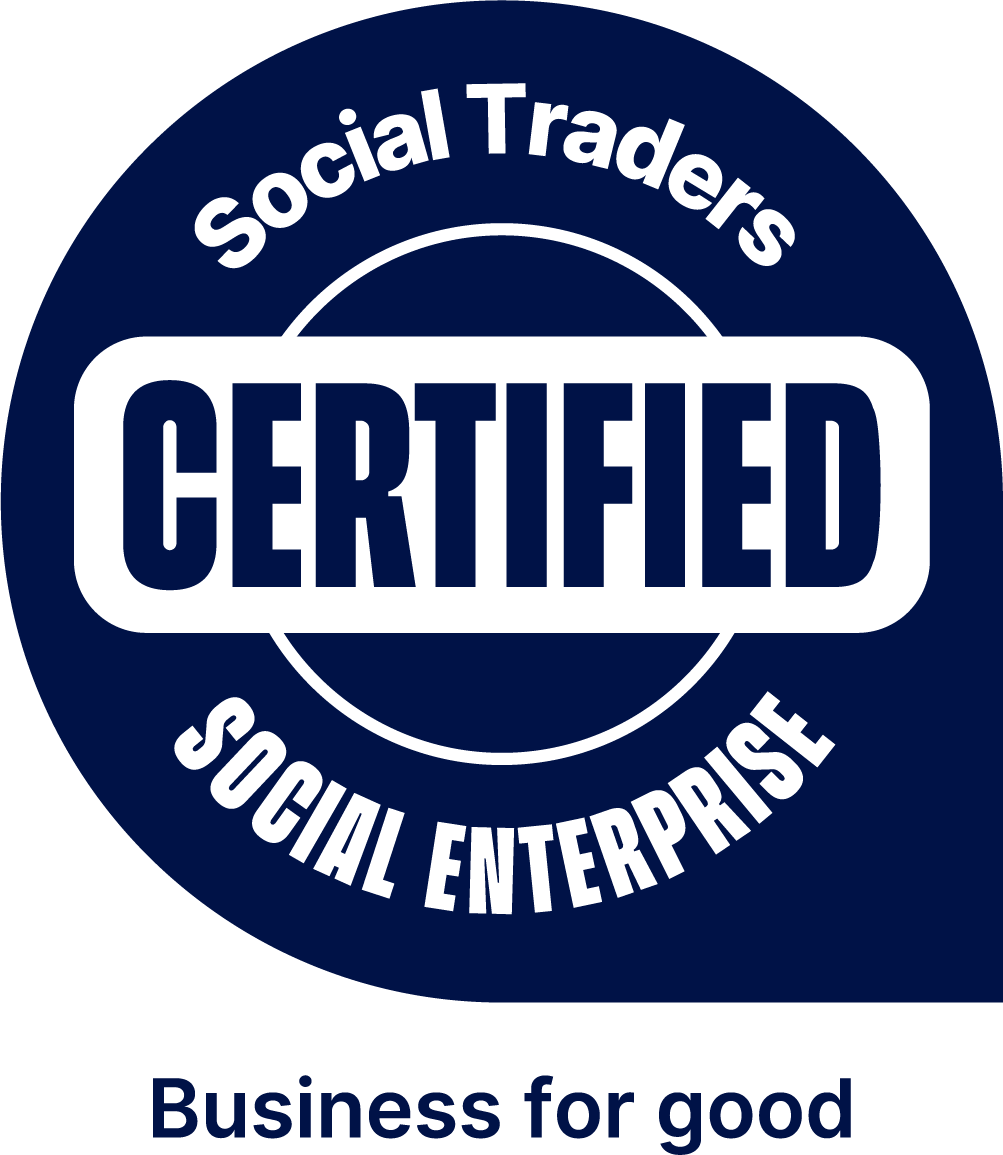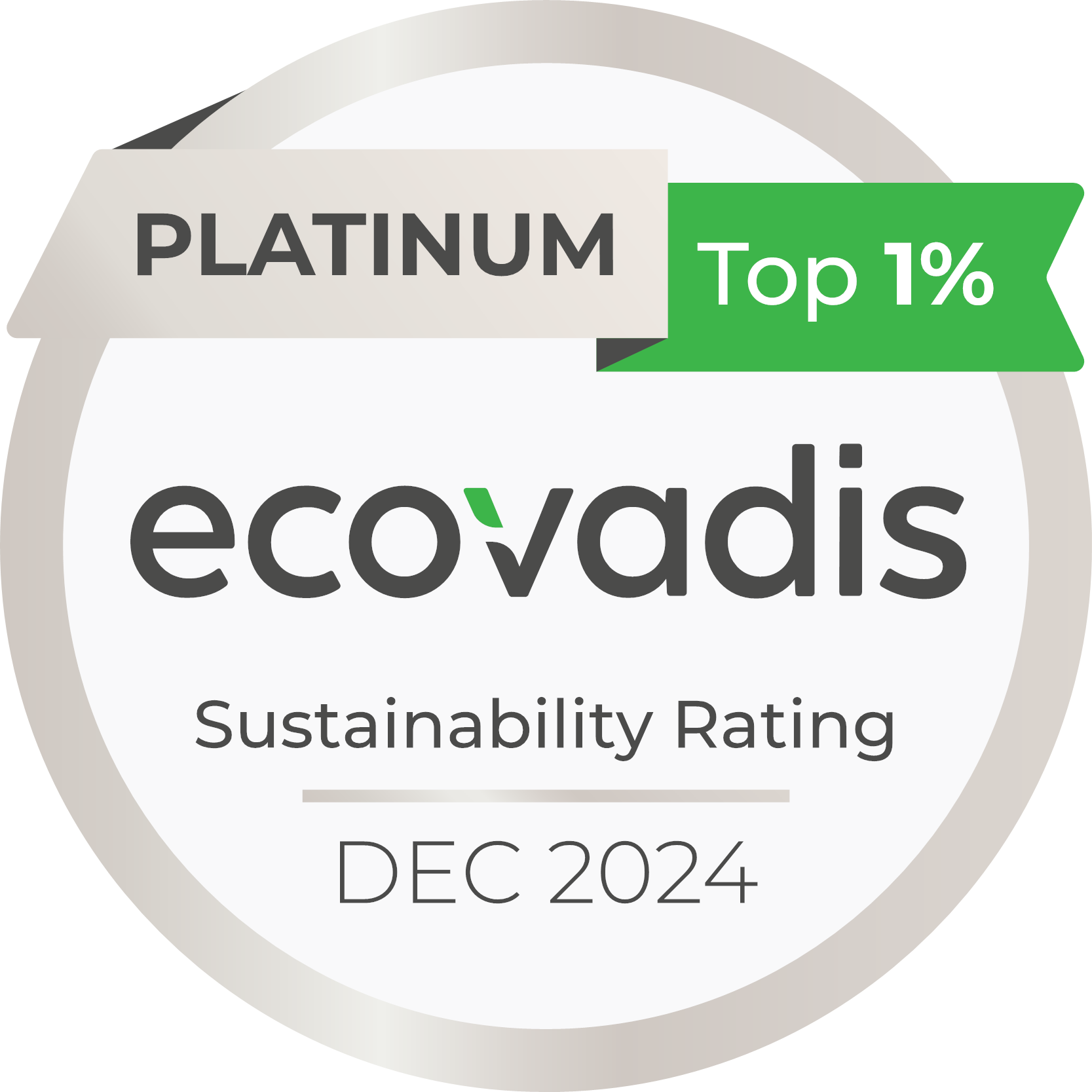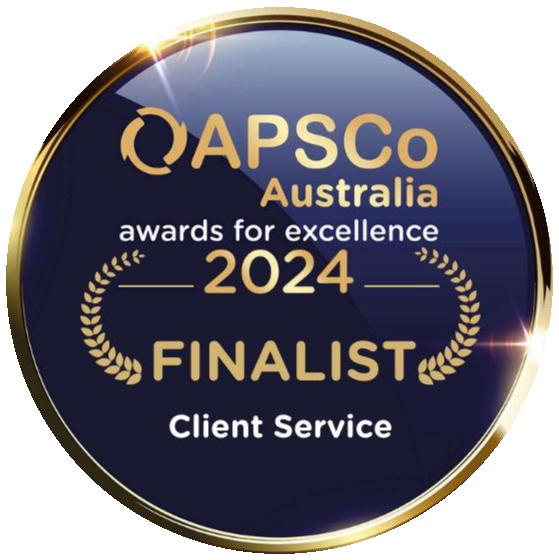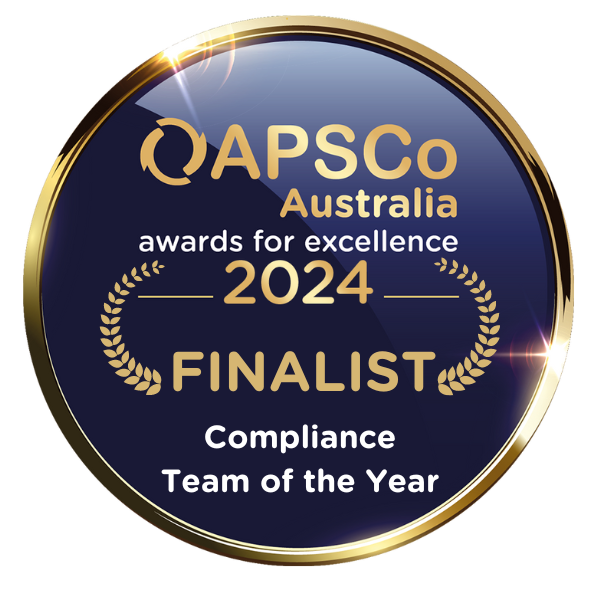Sixty years ago, Chandler Macleod was established by Alf Chandler and Doug Macleod as Australia’s first firm of registered psychologists. The firm built a reputation of expertise in predicting employee behaviour and critical success factors for roles, teams and organisations and used this expertise to provide specialised recruitment solutions.
That’s an awfully long time to be in business, so we took a look back at what was happening during those years, and boy has life changed. Imagine a world without photocopiers, Barbie and weather satellites! Or, on a more serious note, a world where jobs were often advertised with two wages – one for men and another for women. Read on to find out more…
In 1959 when Chandler Macleod launched…
- Barbie was also launched by American toy company Mattel, Inc
- The Boeing 707 airliner began service
- Walt Disney released his 16 the animated film “Sleeping Beauty in Beverly Hills”
- The first weather satellite was launched
- NASA announced its selection of 7 military pilots to be the first US Astronauts
- Mr Squiggle first aired on Australian television
- The Xerox 914, the first plain paper copier, is introduced to the public
- Asterix the Gaul made his first appearance
- Women in Nepal voted for the first time
- Darwin is granted “city” status
- Formal construction of the Sydney Opera House began and
- Robert Menzies was Prime Minister
But what else was happening socially and culturally that has impacted on today’s workforce?
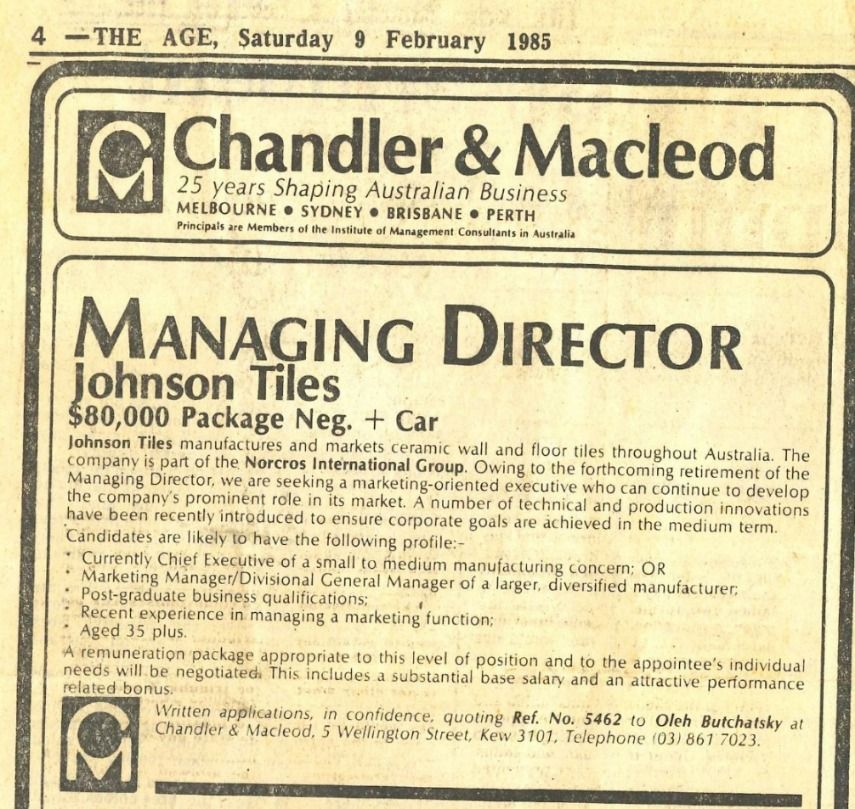
Chandler Macleod Advertisement – The AGE, 1985
A new era for women in the workforce
Women were encouraged to take up paid work during world war one and two to replace men who had been conscripted to serve in the Australian forces. By 1944 women formed 25% of the workforce yet the dominant ideology that women’s primary place was in the home did not change (Australia.gov.au, 2015). Women were ultimately expected to ‘step down’ and return to home duties when the war ended in 1945.
The 1950’s were thus a time of recalibration of society as many women now felt the value of being in the workforce (despite being paid 75% of the male wage) and didn’t want to give up their place, not to mention the nescity met by the women whose husbands never returned home from the front. (Australia.gov.au, 2015). Overt discrimination and sexism was common during this period as men ‘adjusted’ to a whole new way of existing (for the better we say!). Check out the hilarious video titled “the problem with women” presumably designed below, (HR professionals close your eyes).
In the 1950’s it was common and expected for women to cease employment when they got married, or at the conception of their first child, and in some cases, this was a rule set in place and enforced by the workplace (Strachan, 2010) In 1960 the pill was introduced giving women more control over their own reproductive cycles and giving them the opportunity to participate in the workforce for longer periods.
By 2018, the female participation rate in the workforce had increased to 60.6% (ABS, 2019) and women are graduating with Bachelor’s Degrees at higher rates than men (ABS, Gender Indicators, Australia, Sep 2017, 2017). However, there is still much ground to cover with a persistent stereotype about ‘women’s work’ and a National Gender pay gap. The last 60 years has been busy for women, but the next 60 years will be momentous.
Diversity, what’s diversity?
The word diversity was likely never used in the 1959 workplace aside from proffering light conversation about your diverse portfolio around the office water cooler.
Diversity in workplaces today is an ever-evolving concept whether it be diversity of nationality, gender diversity or acceptance of socio-cultural issues such as marriage equality or “closing the gap” in Indigenous employment outcomes.
Aboriginal and Torres Strait Islanders and the workforce
During the years between 1910 and 1970 Australia witnessed the devastation of The Stolen Generation, causing widespread heartache and ongoing historical trauma amongst Aboriginal and Torres Strait Islander populations (The Stolen Generations, 2019). Much work done by Indigenous Australians in these years was often unpaid in the traditional sense, whether it was by children who were being ‘taught’ the ways of the white person, or adults who were substituting labour for food and goods. Indigenous Australian Soldiers served in both World War 1 and 2 campaigns but were not granted the same rights and rewards as ‘white’ soldiers upon their return (Moremon, n.d.).
In the 2016 Census, Aboriginal and Torres Strait Islanders were reported to have a workforce participation rate of 52% and unemployment sat at 18% – a tragic rate compared to the national rate of 5.7% (ABS, Census of Population and Housing: Characteristics of Aboriginal and Torres Strait Islander Australians, 2016).
With the increased recognition of historical trauma and it’s affects, and the Australian Government’s commitment to Closing the Gap in Indigenous employment outcomes, the benefits of a diverse workforce are gaining the traction they deserve.
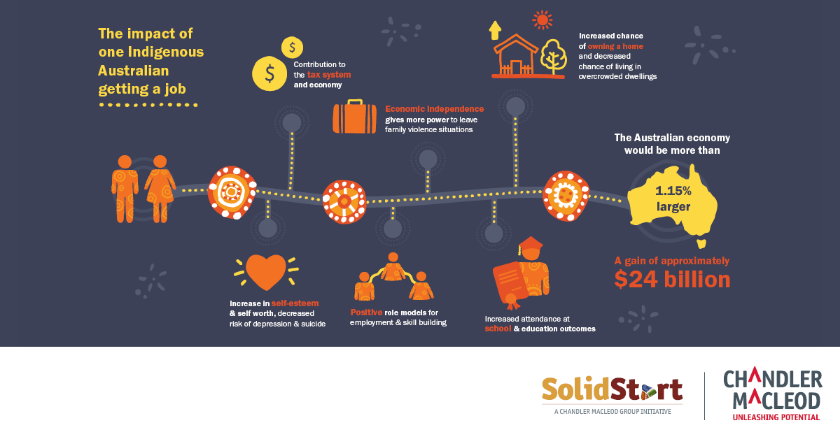
For our part, Chandler Macleod Group launched our Reconciliation Action Plan in 2018 along with our Solid Start Initiative supporting our activities in this area. We continue to strive to achieve equality, diversity and inclusion in our and our client’s workforce, and have engaged a team of Indigenous Strategy Managers to assist us to do this in a culturally responsible way.
Thank you for joining us in our journey back to 1959! If you’re looking to expand your workforce or need assistance with your diversity strategies, don’t hesitate to get in touch with us.
References
ABS. (2016). Census of Population and Housing: Characteristics of Aboriginal and Torres Strait Islander Australians. Retrieved from Australian Bureau of Statistics:
http://www.abs.gov.au/AUSSTATS/abs@.nsf/39433889d406eeb9ca2570610019e9a5/5f17e6c26744e1d1ca25823800728282!OpenDocument
ABS. (2017, September 19). Gender Indicators, Australia, Sep 2017. Retrieved from Australian Bureau of Statistics:
http://www.abs.gov.au/ausstats/abs@.nsf/Lookup/by%20Subject/4125.0~Sep%202017~Main%20Features~Education~5
ABS. (2019, February 21). Labour Force, Australia, Jan 2019. Retrieved from Australian Bureau of Statistics:
http://www.abs.gov.au/ausstats/abs@.nsf/Latestproducts/6202.0Main%20Features2Jan%202019?
opendocument&tabname=Summary&prodno=6202.0&issue=Jan%202019&num=&view=
Australia.gov.au. (2015, May 28). Women in Wartime. Retrieved from Australian Government: https://www.australia.gov.au/about-australia/australian-story/women-in-wartime
Moremon, J. (n.d.). Indigenous Australians at War. Retrieved from Australian Government Department of Veterans Affairs.
Strachan, G. (2010). Still working for the man? Women’s employment experiences in Australia since 1950. Australian Journal of Social Issues, Vol. 45 No. 1, 117 – 130.
The Stolen Generations. (2019). Retrieved from Australians Together: https://australianstogether.org.au/discover/australian-history/stolen-generations

